Bridges on the Seine River, breath-taking Eiffel Tower standing tall at the heart of the city, crème and beige apartments with small balcony… The city of light and lovers, Paris, makes you feel at home, simply because Paris Sera Toujours Paris (Paris will always be Paris). You can hear an Edith Piaf song playing on the background while passing by little cafes located on the corners of the streets, each minute in this city will fill your soul with art. Let’s take a journey together to Paris, Mona Lisa’s home, Louvre, Monet’s water lily gardens, Van Gogh’s vibrant colours and the fairytale world of Opera and Ballet.
1. Louvre Museum
The moment you see the Louvre Museum, the spectacular three-wing building, the large iconic metal and glass pyramid surrounded by other three smaller pyramids, and the crowd waiting at the main entrance, you can easily understand why this museum was the most visited museum of the world in 2016. This 730.000 square metres museum, birth place of modern museum practice, today presents 38.000 objects to the public.
The original building was built in the 12th century to host royal collections. After centuries, with extensions and new acquisitions, including Leonardo da Vinci’s Mona Lisa, most important paintings of the European painting tradition, artefacts from Ancient Egypt and Rome, it became a temple for artistic and cultural heritage.

Did you know that there is an underground shopping mall at the Louvre? Le Carrousel de Louvre includes many designer stores and brands, and the first Apple Store opened in France. Carrousel has an underground entrance to the Louvre, and most well-known with its glorious inverted pyramid shining under natural light.
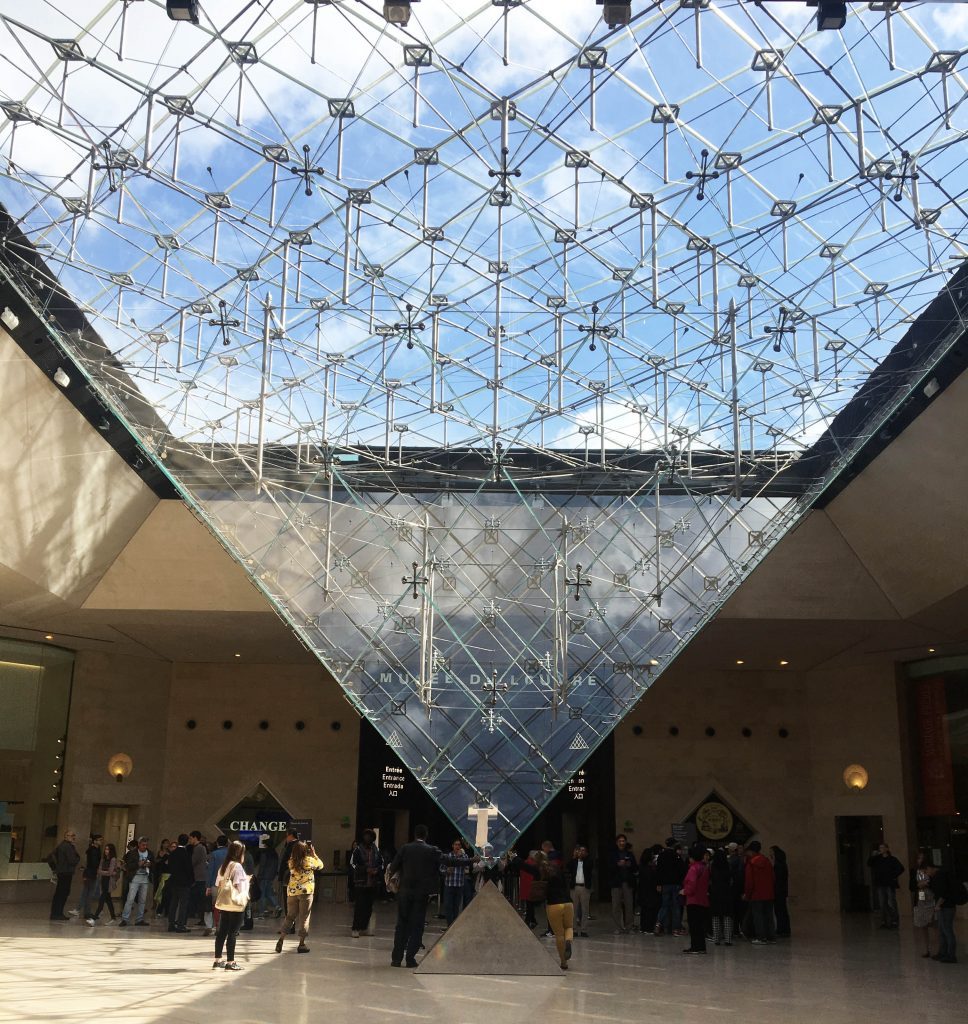
2. Orsay Museum
Located on the left bank of the Seine River, the Orsay Museum is housed in an old Beaux-Arts railway station from 1898. The Museum was opened in 1986 with a major aim to form a chronological and artistic bridge between the collections of the Louvre Museum and Pompidou Center. Since its opening, the museum has become one of the most important and widely visited art institutions in the world.
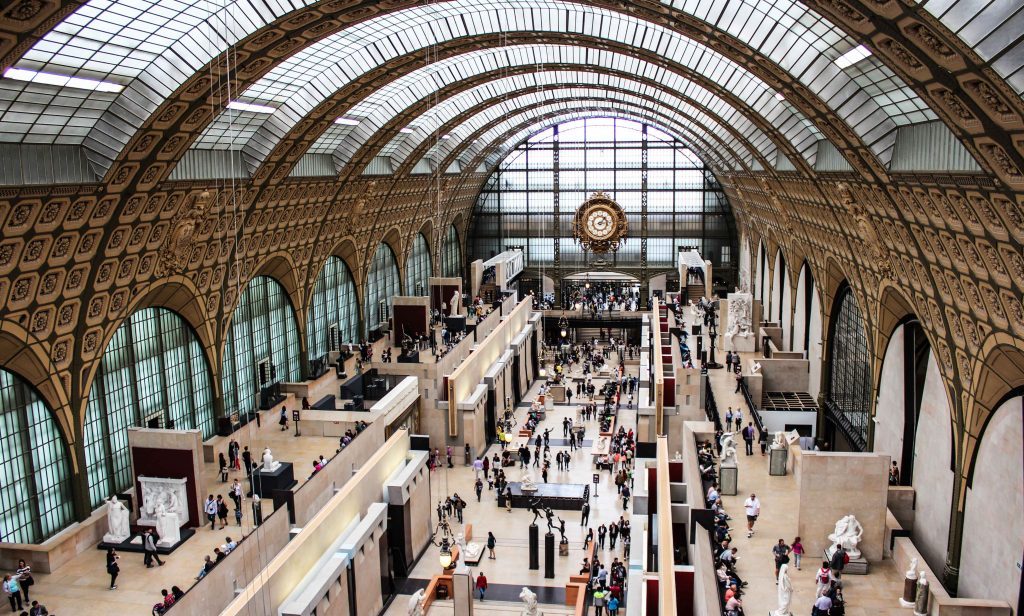
The museum gives the visitors way more than what they expect. It houses the largest Impressionist art collection in the world and a rich collection of Van Gogh paintings. It is possible to say that every corner of this long rectangular building features a 19th-20th century masterpiece; from Rodin’s statues to Monet’s water lilies, Manet’s city life to Degas’ ballerinas, it presents special insights into Modern Art. Amongst all these marvellous artworks, we also encounter with a familiar name in the Orsay; Osman Hamdi Bey’s oil painting is exhibited in the Orientalism section.
3. Cabares
Nights in Paris are as wonderful as the days. Paris cabarets offer historic and modern Parisien shows for artlovers and tourists. Founded in 1889, the Moulin Rouge has become world-famous with its cancan dance and iconic red windmill sitting on the top of the building. With its large red salon, special stage and red lanterns, the Moulin Rouge is an ideal place to have a pleasing evening. Here, you can have dinner before the show or watch the show with a bottle of Champagne.
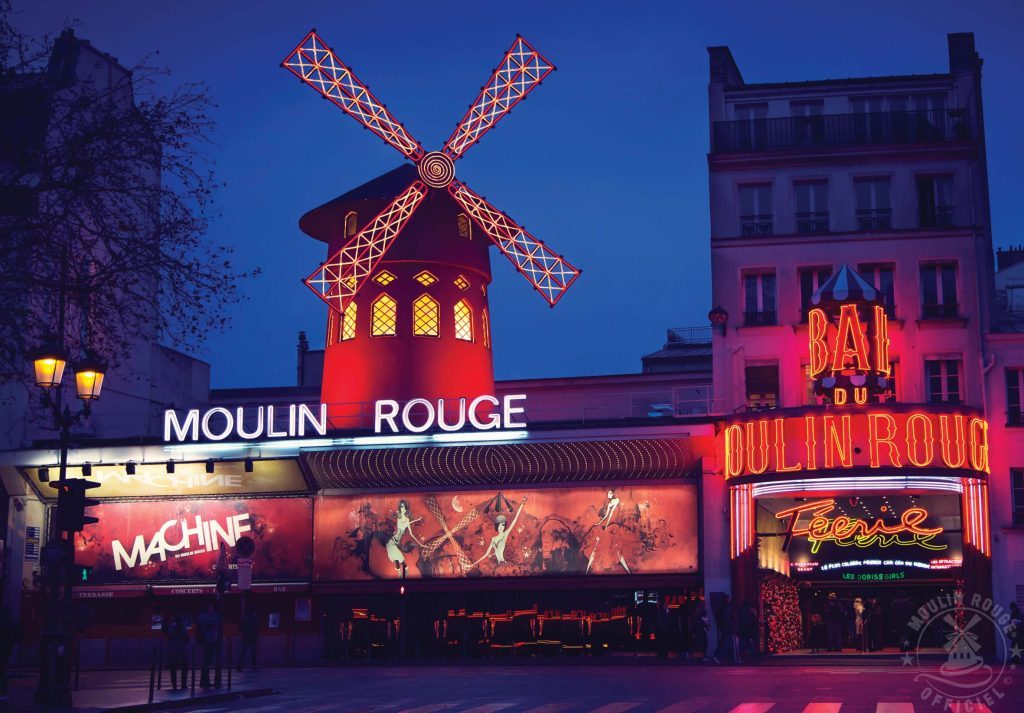
There are some other options for modern and alternative Cabaret shows. The Crazy Horse Cabaret is situated in the 12th arrondisement on a Haussman style building and is famous with is nude dancers, whereas the Lido Cabaret located in Champs-Elysees, and provides a modern cabaret experience.
4. Orangerie Museum
The Orangerie is a hidden gem. Located in beautiful Tuileres gardens, this small museum hosts masterpieces of world-famous masters; Cezanne, Matisse, Picasso and Renoir, in its two-floor building.
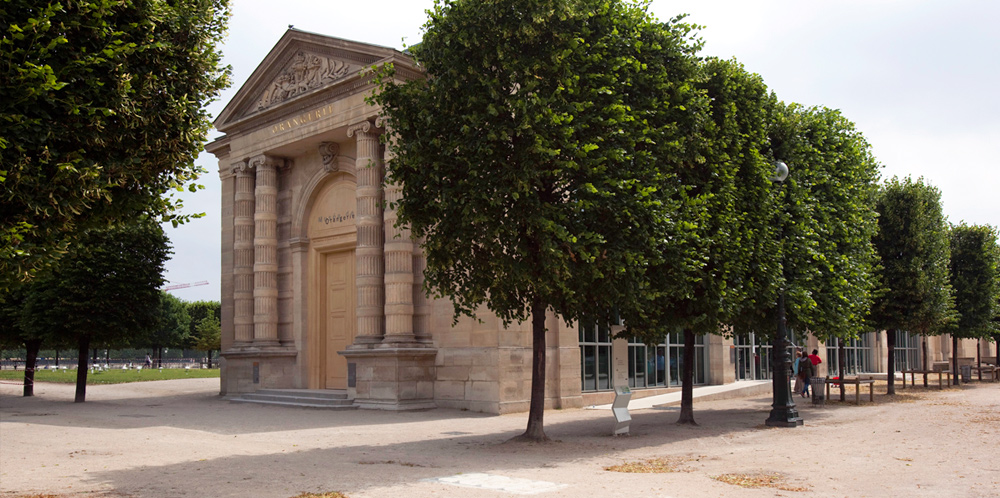
One of the most distinctive elements of the Orangerie Museum is certainly its collection of Monet’s ‘’Nypheas’’ painting series. The series consists of 8 panoramic water lily paintings, each creating a visual continuation and story, are displayed in two oval rooms. These works installed at the Museum a few months after the painter’s death. The dimensions, colors and the area covered by the paint surrounds and amuses the viewer.
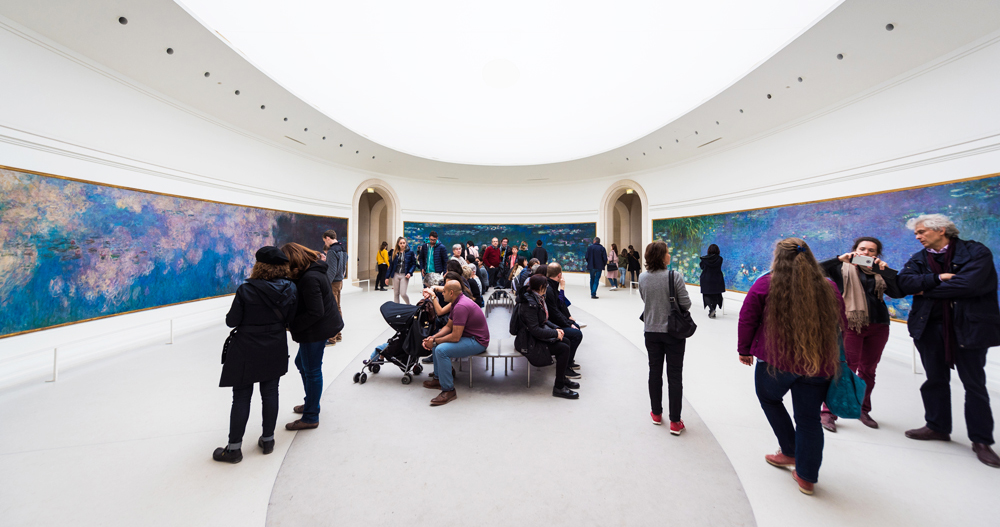
5. Georges Pompidou Center
The Pompidou Center was opened to the public in 1977 in an iconic 20th century Postmodern building located in the 4th arrondisement. It was designed as evolving spatial diagram, and the string presence of colour (blue, red, yellow and green) used in its architecture makes it unique in the world. It houses the widest Modern of Art Collection of Europe and organizes hit temporary exhibitions and events in a vibrant atmosphere. The also involves a big public library and Center of Music and Acoustic Studies, which touches on every aspect of art and literature
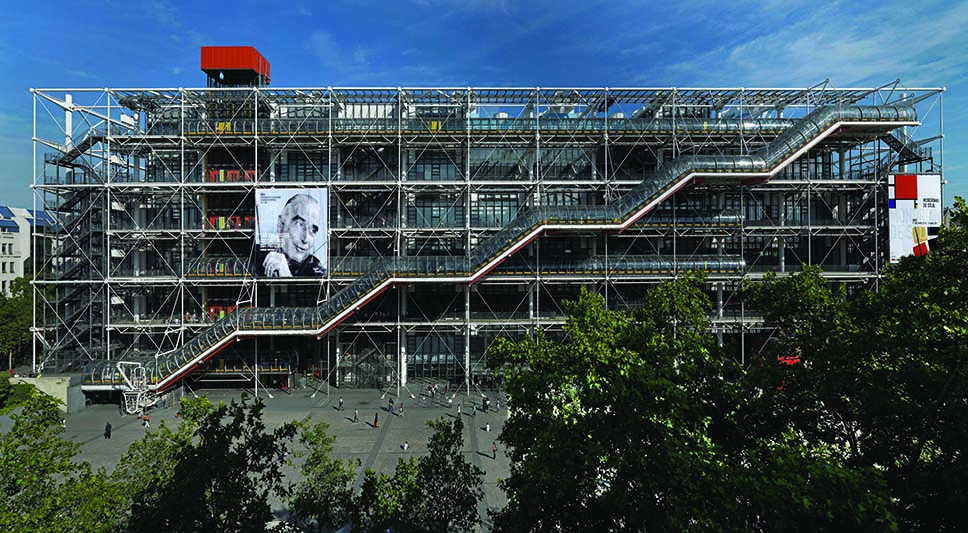
6. Paris Ballet and Opera
Opera-ballet is inseperable from Paris city culture. The best opera and ballet shows you can ever watch are put on stage in two splendid buildings; historic Palais Garnier and modern Opera Bastille.
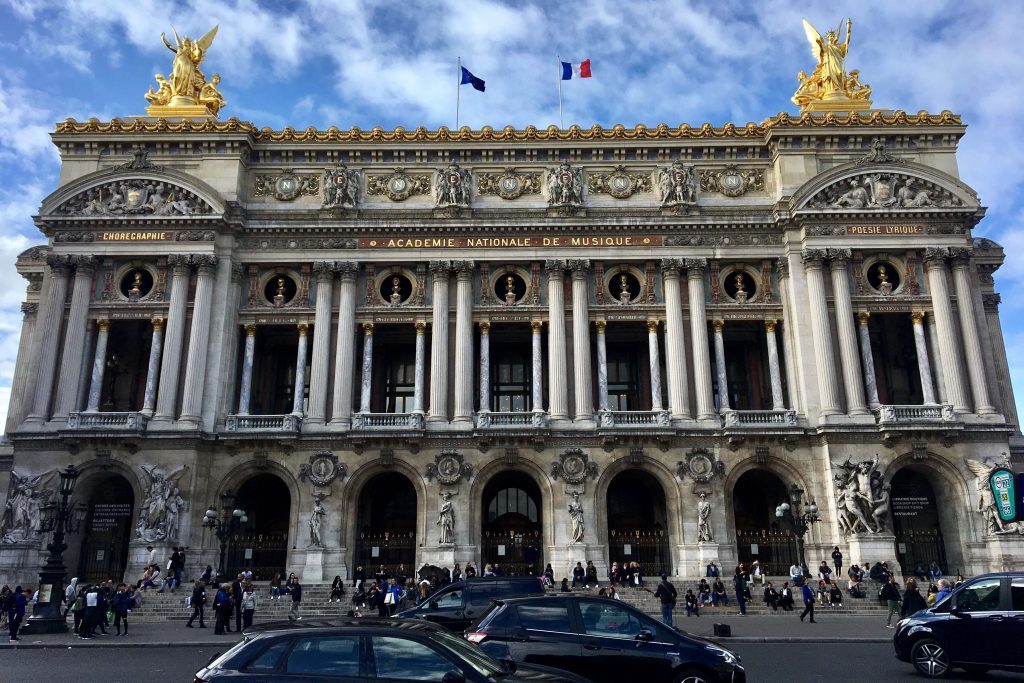
Also known as Opera Garnier, the Palais Garnier is a historical building which was built by Charles Garnier in 1875. The spectacular building is one of the best examples of Eclectic architecture, and a source of inspiration to the Phantom of the Opera. Once you step into this 1.979 seat opera house, you enter into a magical world made of gilded rooms decorated with wall-paintings, marble staircases, and the main entrance decorated with wall paintings and gold and crystal chandeliers.

The second Opera building, Opera Bastille, was built in 1989 by Uruguayan architect Carlos Ott. The major aim behind this project was to build a modern and popular Opera House in Paris. The exterior is made of blue granit and glass blocks that brilliantly reflect light. Opera Bastille is a 2.723 seat opera house which stages high quality world-class shows in the 11th arrondisement.
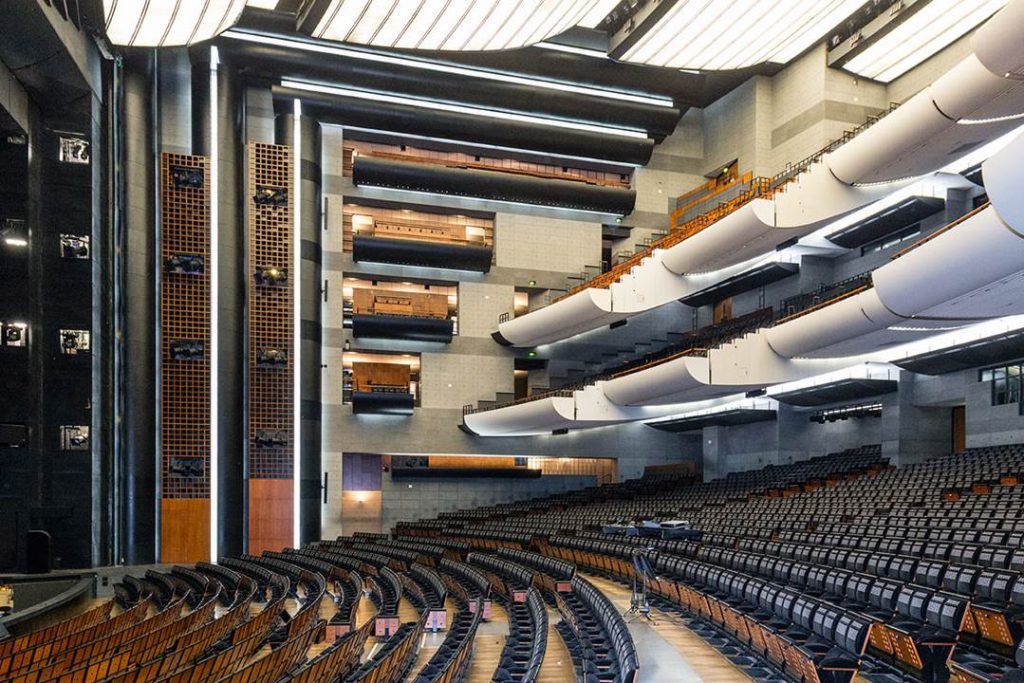
7. Paris Café Culture
Small independent cafés are one of the most unique elements of the city life since the 17th century. They offer a restaurant menu and full bar in addition to a rich selection of coffee and deserts. What makes them unique to Paris is outdoor seating areas where small round tables and chairs are put on the pavement. In these cafes, you can see people enjoying a cup of coffee, lovers sitting on the same side of the table, people watching things happening at every hour. One of the most important of the Café culture is that a Coffee Crème or a glass of Rose can allow you sit there for a couple of hours.
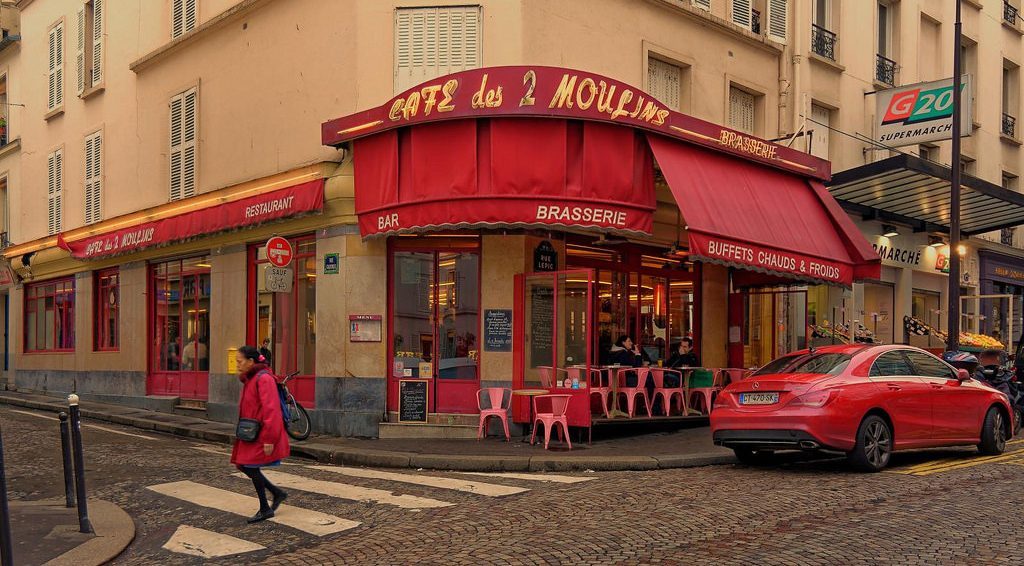
While in Paris, do not miss the chance of visiting one of the most popular cafés in Paris. For example, who can forget the small red café where Amélie Poulin worked in the most iconic movie of modern French cinema, Amélie? This cute café is Café des 2 Moulins and it is one of the most popular tourist attractions in Paris, Montmarte.
Another must-visit café is the Café de la Paix, which is one of the oldest and most popular historic cafés in Paris. Since its opening in 1862, it had famous artists and authors amongst its regular visitors such as Emile Zola. It is a part of Le Grand Hotel and looks right out over the crossroads of the place de’Iopera. You will never forget the taste of a glass of chilled rose and baguette sandwich you had in this atmosphere made of fancy decoration, dark red chairs and sofas, high ceiling with paintings.
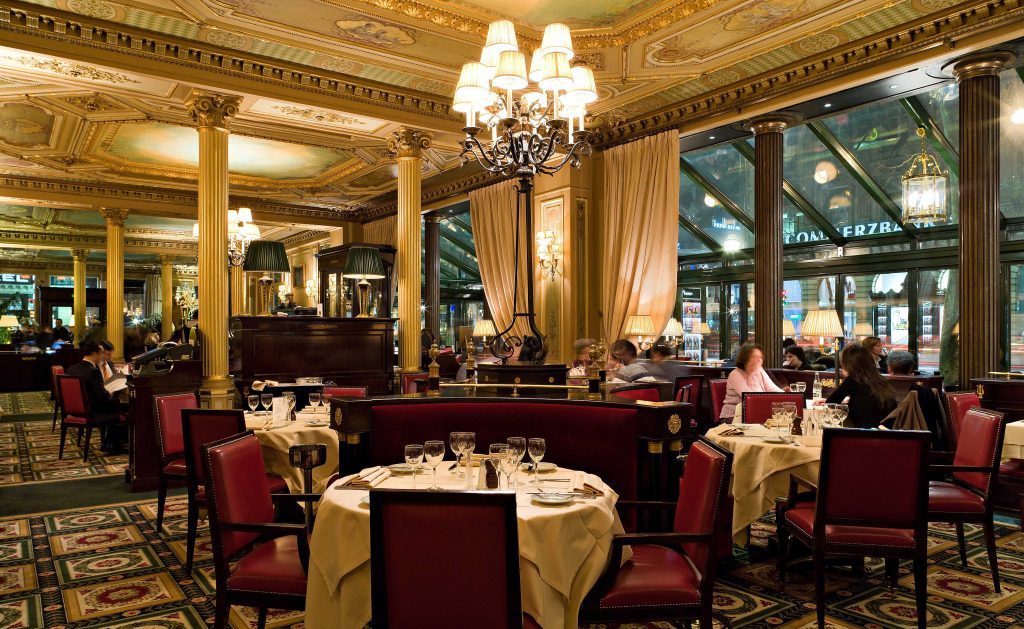
8. Hotel Maison Souquet
Maison Souquet is housed in a former 19th century maison in Montmarte area which is famous with cabarets. It is a Belle Epoque style boutique hotel decorated by French designer Jacques Garcia with fine furnitures, artworks and paintings. It is one of the few places in the city where you can experience Paris Bohemian and Belle Epoque culture.

Bar Maison Souquet has a cosy atmopshere, which makes it an ideal place for pleasing evenings. This secret bar is not only one of the best bars in Paris but also shown as the best example of eclectic decoration with its Mille et une Nuits lounge, Napolean III crimson velvet chairs and Moorish-style salon. The most distinctive element of the bar is its wood-panelled library which allows reading a book while drinking a glass of wine or specially-made cocktails.

9. Gardens
In gardens of Paris you can see all shades of green, colorful flowers and blossoms, geometrically organized trees, wonderful sculptures, lovers sitting on a bench and friends chatting happily. These parks are highly essential to the city culture. Located on the west of the Louvre, historic Tuileries Gardens strech over 22.4 hectares of land. It was opened to the public in 1667, and since then became the best example of French garden design and landscape architecture. It draws 14 million visitors every year to this living and magical place that involves Rodin and Giacometti statues, two ponds and many cafes.

The Luxembourg gardens were originally created as garden of Luxembourg Palace by Queen Marie de Medici in 1612. Stuated in Saint-Germain area in the 6th arrondisement, the gardens took inspiration from the Baboli Gardens in Florence. Streching over 25 hectares of land, the Luxembourg gardens are divided into two parts as English and French gardens. Between two lies a geometric forest, a large pond, 106 statues and a monumental Medici fountain.
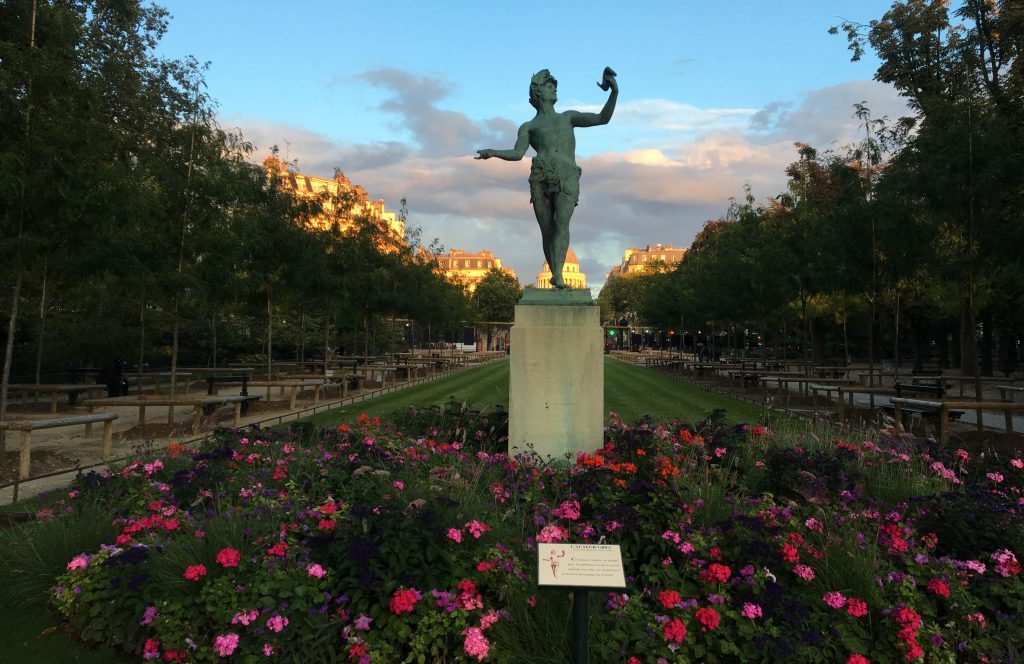
10. Versailles Palace
With its history, architecture and gardens, the Versailles Palace houses 500-year of glory, politics and life. It contains 2.300 rooms spread over 63.154 square metres, and hence becomes the biggest Palac in Europe. The building, the best example of Baroque and classical French architecture, started to be built in 1661 as a hunting pavilion, in time started to be used as a Royal Residence and Court, and finally assigned a new role of a museum.
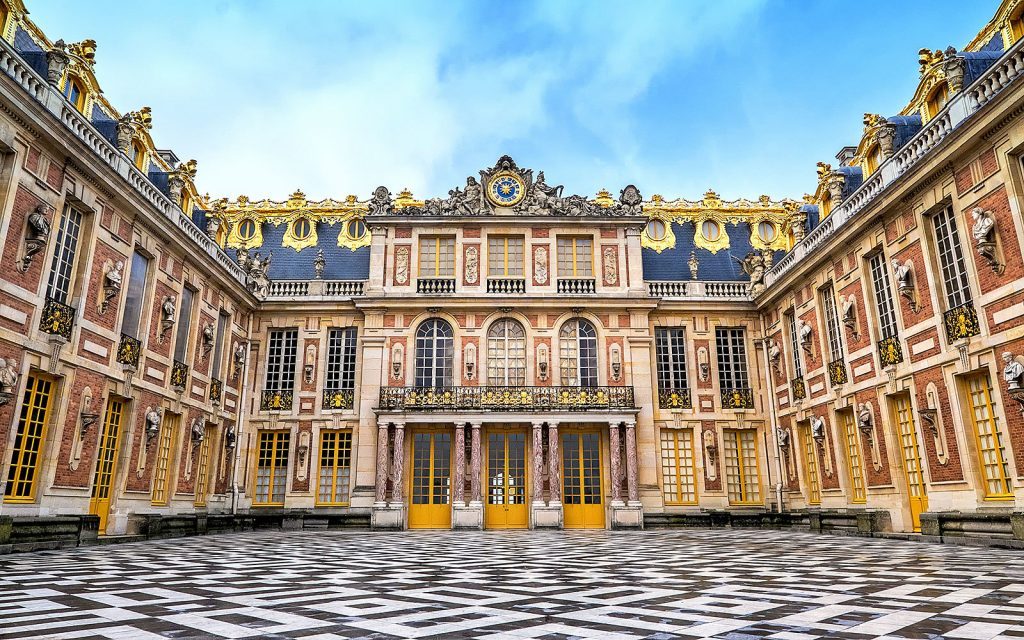
Versailles Gardens strech over 6 hectares of land. With its landscape design and architecture, art of symmetry, perspective of paths, terraces and fountains, these spectacular gardens became a source of inspiration for many other royal buildings as well as historical movies.
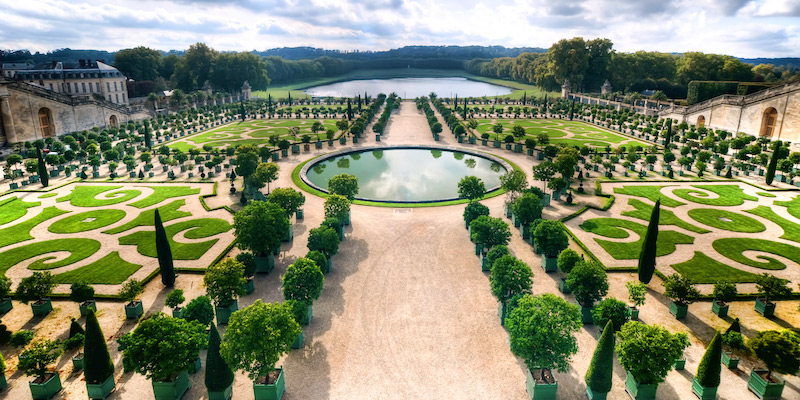
The Palace became a museum when King Louis XVI was forced to leave Versailles for Paris during the French Revolution. The interior of the Palace is as marvelous as the exterior and gardens. Wide rooms decorated with gold and cyrstal chandeliers, walls and ceilings decorated with paintings. The most famous part of the Palace is the 73-meter long Mirrors Gallery, which was created to replace the former terrace made by Louis Le Vau. Mirrors covering the entire room and wall paintings made by Le Brun amuse the visitors.

Once we step into the southern end of the Mirrors Gallery, we enter into the War Room which was built in 1678. This room was created to celebrate military victories, and decorated with marble panels and golden plated bronze figures of booty and armour. Another room that is symetrical to the War Room is the Peace Room, which has similar marble panels. Different than the former, here we see themes of peace carved and painted on the cupola and arches.
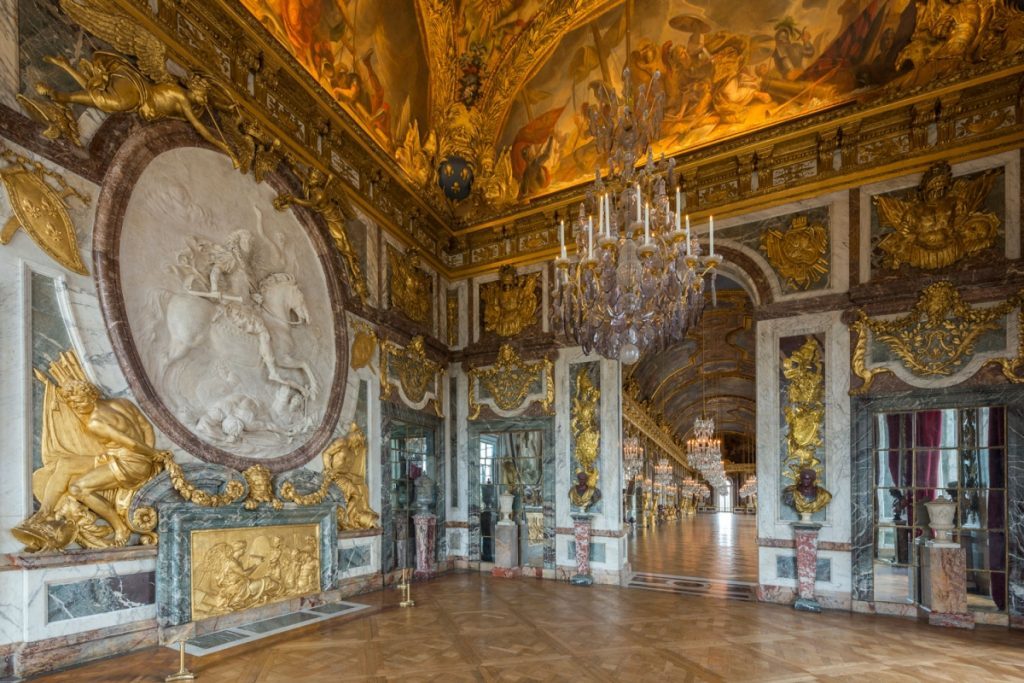
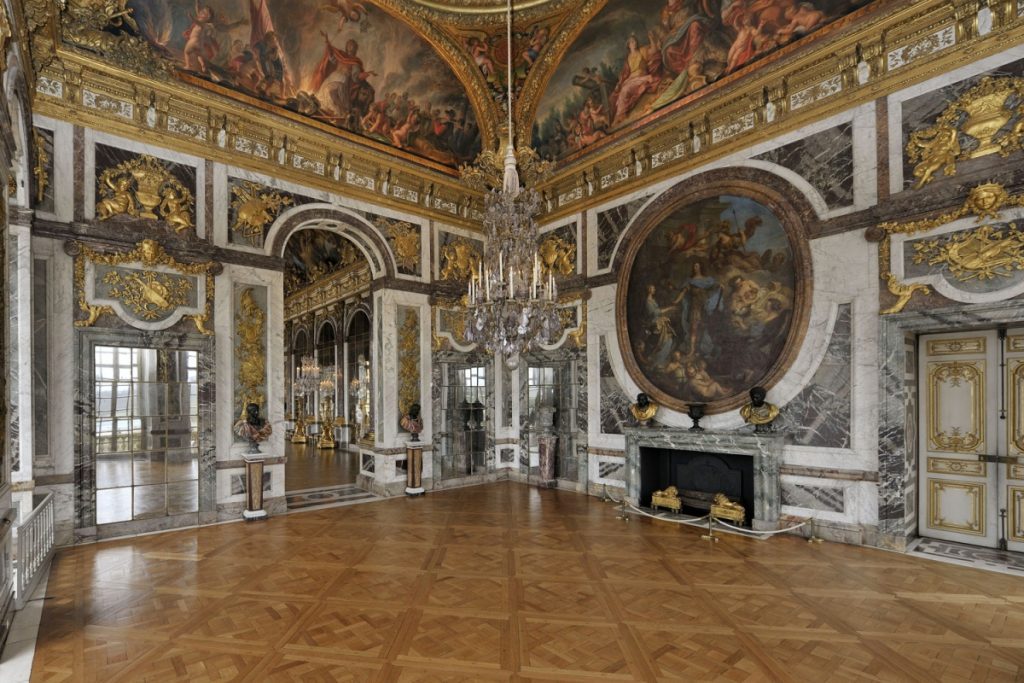
11. The Shakespeare and Co. Bookstore
The Shakespeare and Co. featured in Richard Linklater’s Before Sunset, Woody Allen’s Midnight in Paris and Nora Ephron’s Julie and Julia. Located in the 5th Arrondisement on Paris’ left bank, this 63-year old bookstore reflects Paris bohemian book and library culture at its best. Since its opening, it hosted important authors such as James Baldwin, Anaïs Nin and Max Ernest.
Walking through this famous bookstore’s tiny passages and corridors and exploring books is like time-travel. In the past, the bookshop was offering many authors free accomodation. You can still see beds hidden under the bookshelves. There is also a small café right next door. You can buy your book and read it peacefully while drinking a cup of coffee.
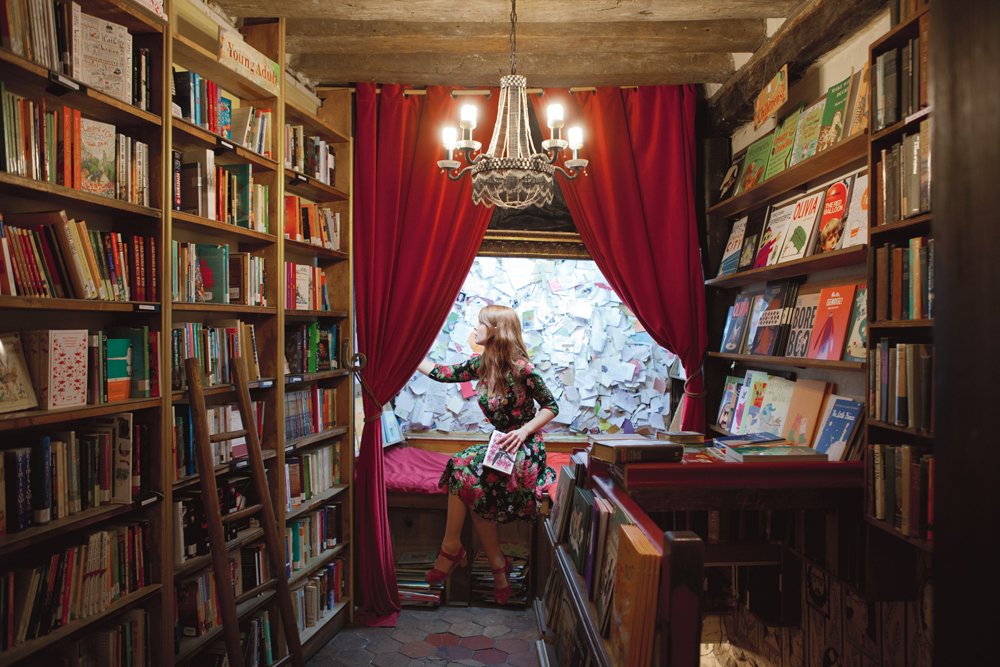
12. Claude Monet’s Garden
The master of Impressionist painting lived in a house in Giverny between 1889-1926. He took inspiration from his two-floor house’s garden for his most famous works, water-lily paintings. Monet’s house is only 1 hour away from Paris. While walking in the garden of this Giverny house, you see familiar elements from his garden and water lily paintings.
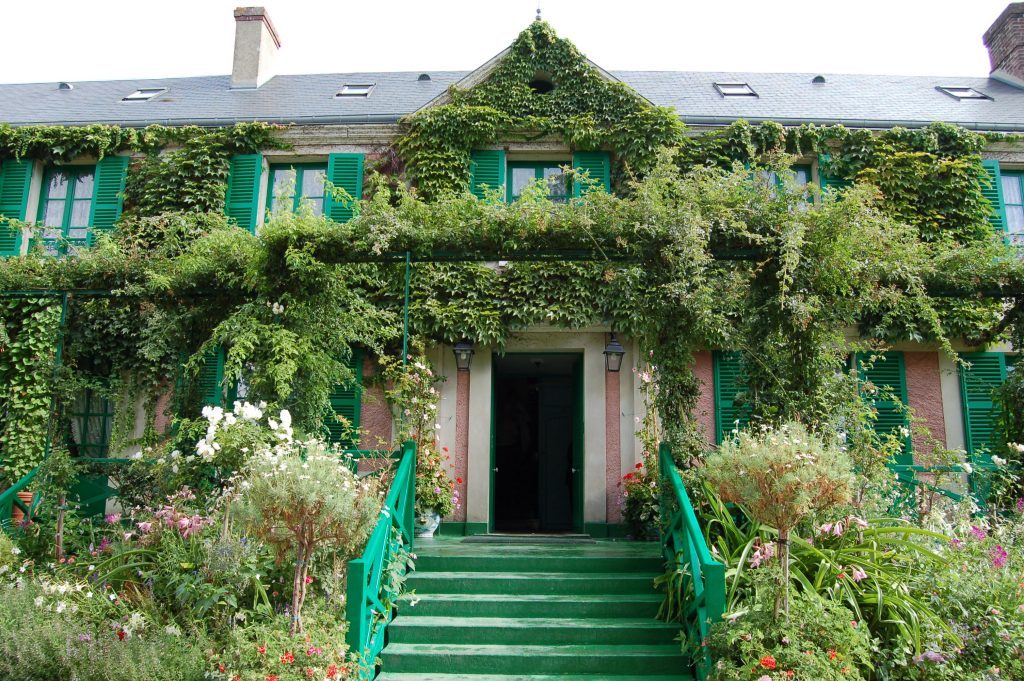
The most iconic garden of art history is full of trees and colorful flowers. One of the most important aspect of the garden is the Japenese Bridge and clusters of lilac flowers that featured in his 1889 oil-painting ‘’The Japanese Bridge’’.

The house is run by Claude Monet Foundation. The interior of the house is in a perfect harmony with its exterior, and certainly deserves to be placed on top of your itinerary. Here, you will see unique rooms, each different from one another, decorated with different colors and furnitures.

13. Louis Vuitton Foundation
Louis Vuitton Foundation was designed by Frank Gehry. Since its opening in 2014, it became one of the most important art institutions in Paris with its architecture, collections and artist. This solid glass structure which imitates the figure of a big ship serves as an art museum and a cultural center.

The LVMH opened the foundation with a major aim of promoting art and culture. The collections are organized under 4 categories; Contemplative, Pop, Expressionist and Music and Sound. It includes 217 artworks from 87 artists, which grows in number and variety every day with new acquisitions.
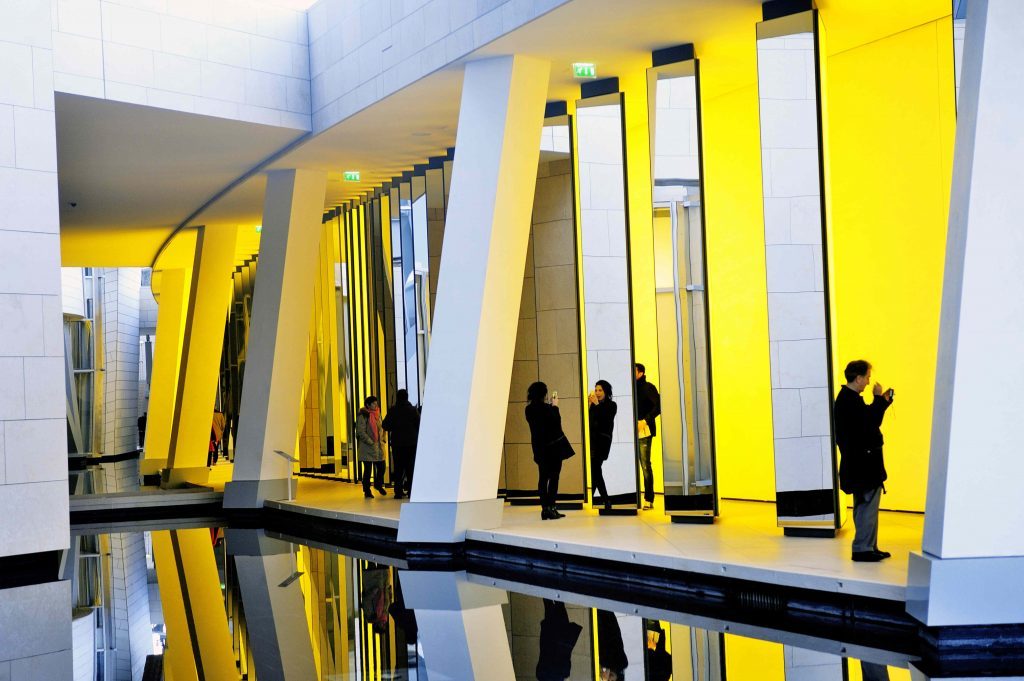
In a 126.000-meter square space, we encounter works of world-renowned artists such as Jean-Michael Basquiat, Gilbert and George and Jeff Koons. In addition to the acquisitions, the Foundation also commissions new artworks, like Elisworth Kelly’s ‘’Spectrum VIII’’ (2014), 12 coloured stripped curtain placed in the atrium of the building.

Simge Erdoğan

